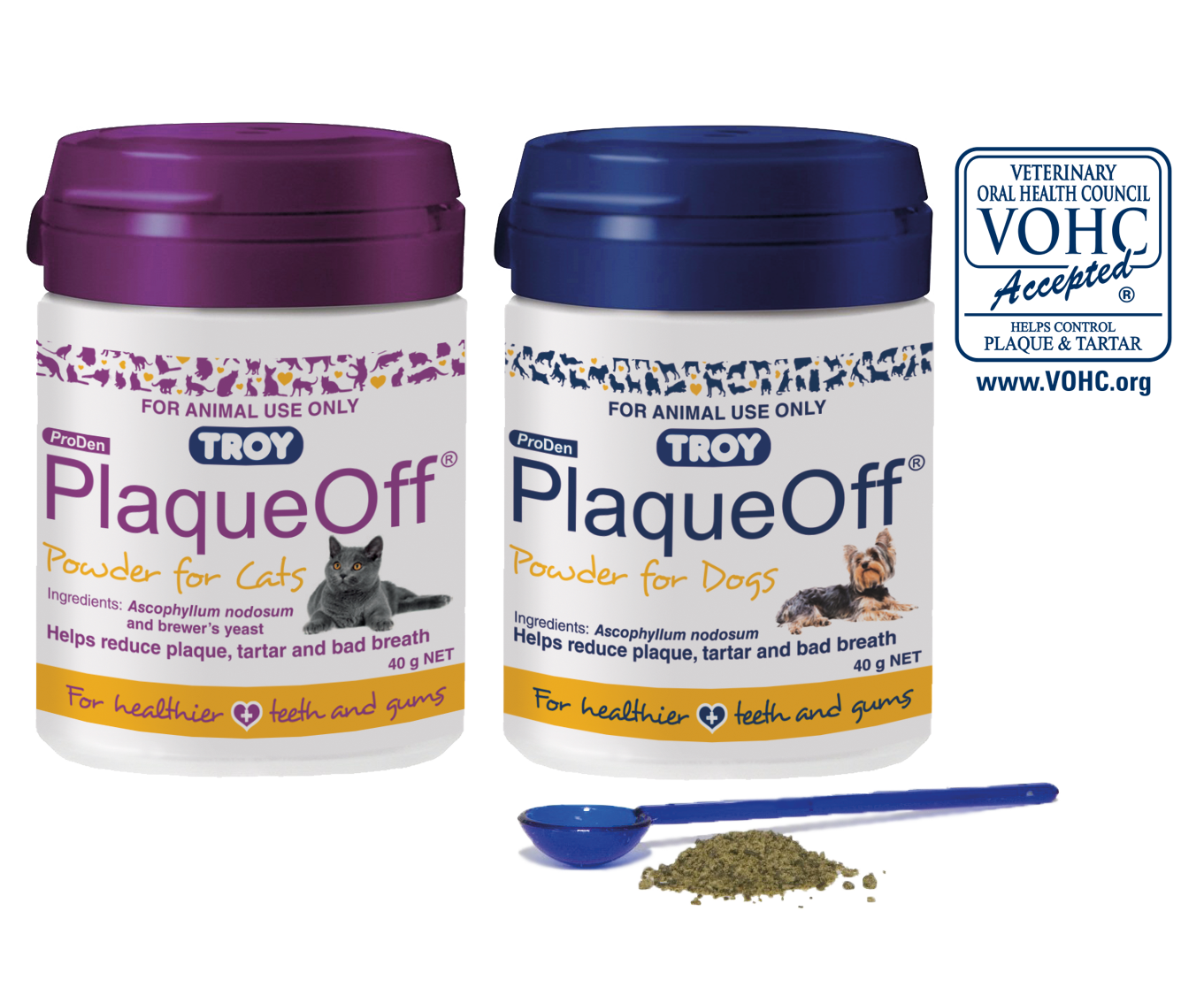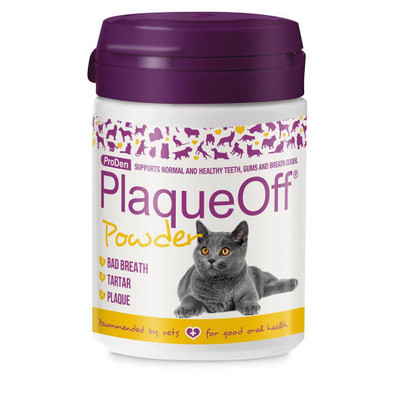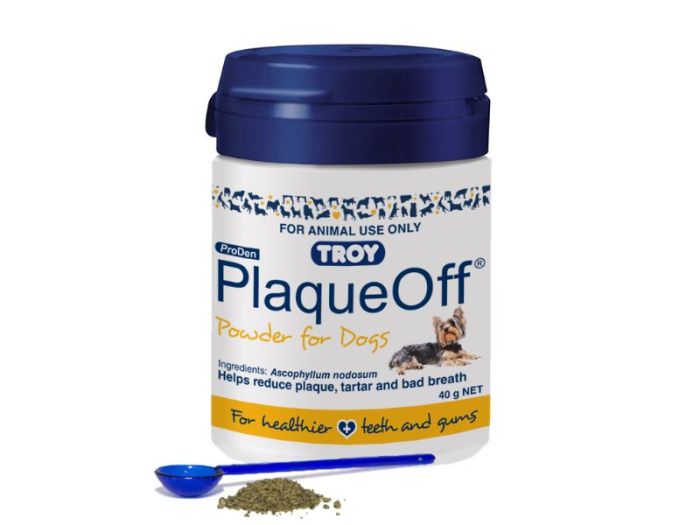Our pets need to be trained to tolerate having their teeth brushed from a young age. Starting as a puppy or kitten is ideal, and gradually developing a system is important.
If your pet is older, start stepwise. Allow them to get used to having their head held and their mouth opened. Cats and small dogs may feel more comfortable in their owner’s lap during teeth brushing.
- Begin slowly. Initial sessions should be brief (a minute or two) and well rewarded.
- Get your pet used to the toothbrush by dipping it in tuna juice, beef stock or just water.
- Choose a pet-safe toothpaste with a flavour your pet will enjoy. Offer the toothbrush with toothpaste and allow your pet to taste the paste without brushing.
- When your pet is comfortable with the toothbrush, start brushing their teeth. Gradually increase the amount of brushing as your pet becomes more comfortable with it.
- Brush the outside (cheek-facing) surfaces as most pets won’t allow you to brush the inside surface of the teeth.
- Never use a human toothpaste as it may contain ingredients that are not suitable or in too high a concentration for dogs and cats.
Teeth should be brushed regularly, preferably every day. If this isn’t possible, aim for 2 – 3 times per week. Try to make it a pleasurable event for both you and your pet. Finish by rewarding your pet with their favourite treat.
Brushing your pet’s teeth regularly is the most important step to good oral hygiene, however owner compliance is low. The most common reason is that owners find it very difficult to brush their pet’s teeth. When this is the case (and even when it’s not) it is important to use complementary products for dental care.



